Breast cancer rates are far different between USA and Japan.
Breast cancer rates are far different between the USA and Japan, according to a report by researchers from the National Cancer Center of Japan.


What makes such vast differences? Can western women take the same effect with Japanese women through something?
Attention: We are curating information from various credible websites here. But we are never in a position to determine anything medical about them. Please consult with a doctor when you utilize any info on this page for your actual health.
Breast Cancer Rates and Soy Foods / Researches by Harvard Univ. and Oregon State University
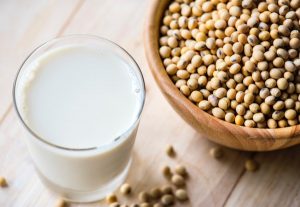 While there may be a complex of reasons for the above, Harvard T.H. Chan School of Public Health introduces a study, which suggested a lower risk of breast cancer and lower risk of breast cancer recurrence by taking more soy foods, in their web page, “Straight Talk About Soy.”
While there may be a complex of reasons for the above, Harvard T.H. Chan School of Public Health introduces a study, which suggested a lower risk of breast cancer and lower risk of breast cancer recurrence by taking more soy foods, in their web page, “Straight Talk About Soy.”
Oregon state university also introduces the same study. (Refer these web pages for further details.)
Both web pages also introduce a mixed extent of benefits depending on individuals and Asian women vs. Western women. There are some analysis and guess of the reason. The hint maybe in the studies of the National Cancer Center of Japan, the country of soy diet.
Reverse correlation of breast cancer rates and fermented soy foods diet
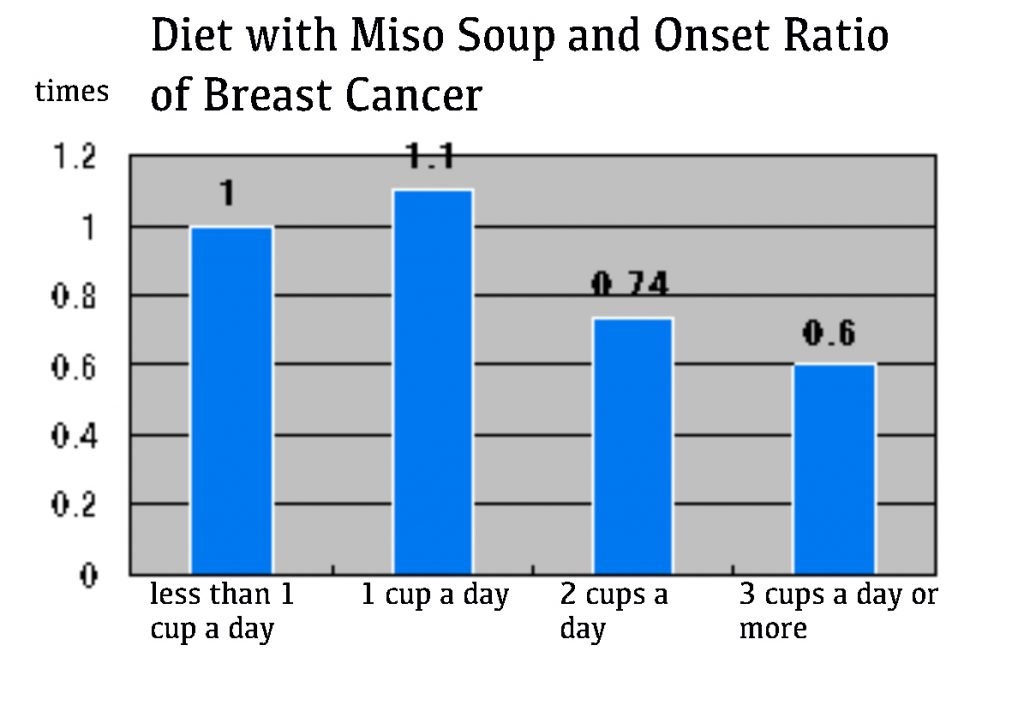 A group of researchers from the National Cancer Center of Japan, too, conducted a large cohort study by following 20,000 women, aged 44-59, for ten years. The study aimed to find a correlation between the consumption of soy-based foods and the risk of breast cancer. They found a less reverse correlation in the diet of non-fermented soy foods, but the significant reverse correlation in the diet of fermented soy food, miso soup.
A group of researchers from the National Cancer Center of Japan, too, conducted a large cohort study by following 20,000 women, aged 44-59, for ten years. The study aimed to find a correlation between the consumption of soy-based foods and the risk of breast cancer. They found a less reverse correlation in the diet of non-fermented soy foods, but the significant reverse correlation in the diet of fermented soy food, miso soup.
(The report summary in Japanese is here, and the English translation by Google Translate is here. )
While they don’t pursue any conclusions about the difference between the fermented soy and non-fermented soy, one intriguing matter is that they mention the “protection effect by isoflavone” as common sense. Isoflavone is a phytoestrogen but has almost 1/1,000 – 1/10,000 power of estrogen. When such a mild phytoestrogen sticks to estrogen receptors, it will protect them from too much stimulation by estrogen. This notion already prevalent in Japan, even among ordinary people.
Fermented vs non-fermented soy
Juveriente®’s natural menopause supplement, Effisoy®, is featured with fermented soybean germ extract, named AglyMax®. The supplier of AglyMax, Nichimo Biotic, did various clinical researches about their fermented soy extract. They are regarding menopausal relief and never intended to link it to breast cancer matters. Still they give us some hints and suggestions about the discussions above, why some women receive benefits of soy against breast cancer, and why fermented soy diet has far more significant reverse correlation with breast cancer onset ratio. (Some of their knowledge is summarized here.)
Traditional healthy food for Japanese, soy
Medical matters are too complicated to make any conclusions from limited information. One thing sure is that soy foods, both fermented and non-fermented, have always been staples in Japan and have provided health benefits to Japanese people over hundreds of years.




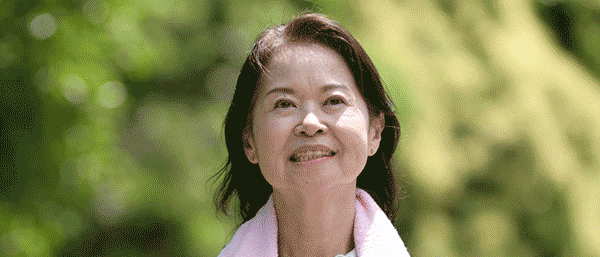

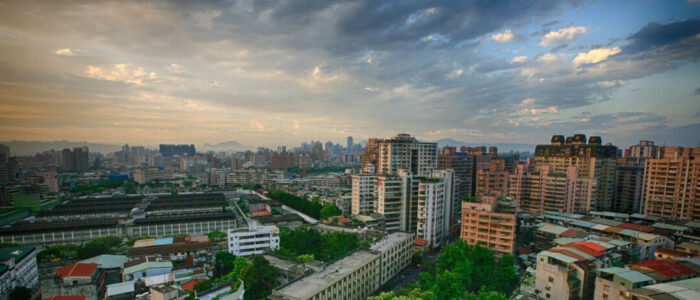
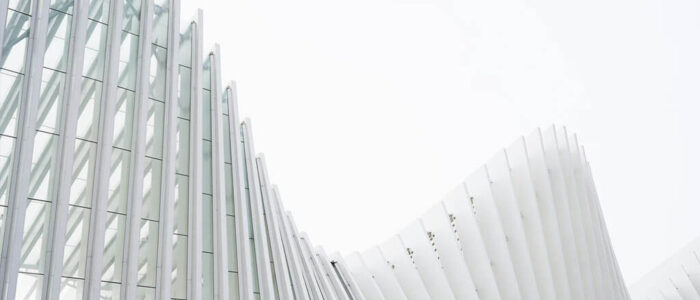
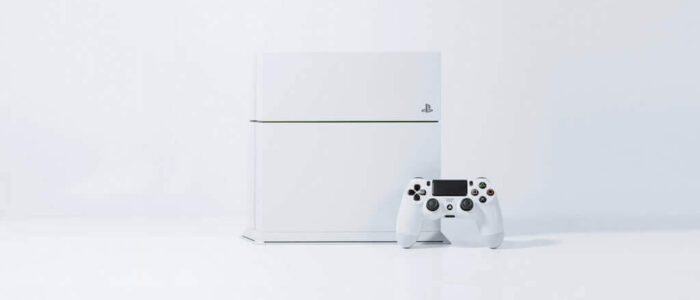


One thought on “ Breast Cancer Rates and Fermented Soy Foods”
Comments are closed.